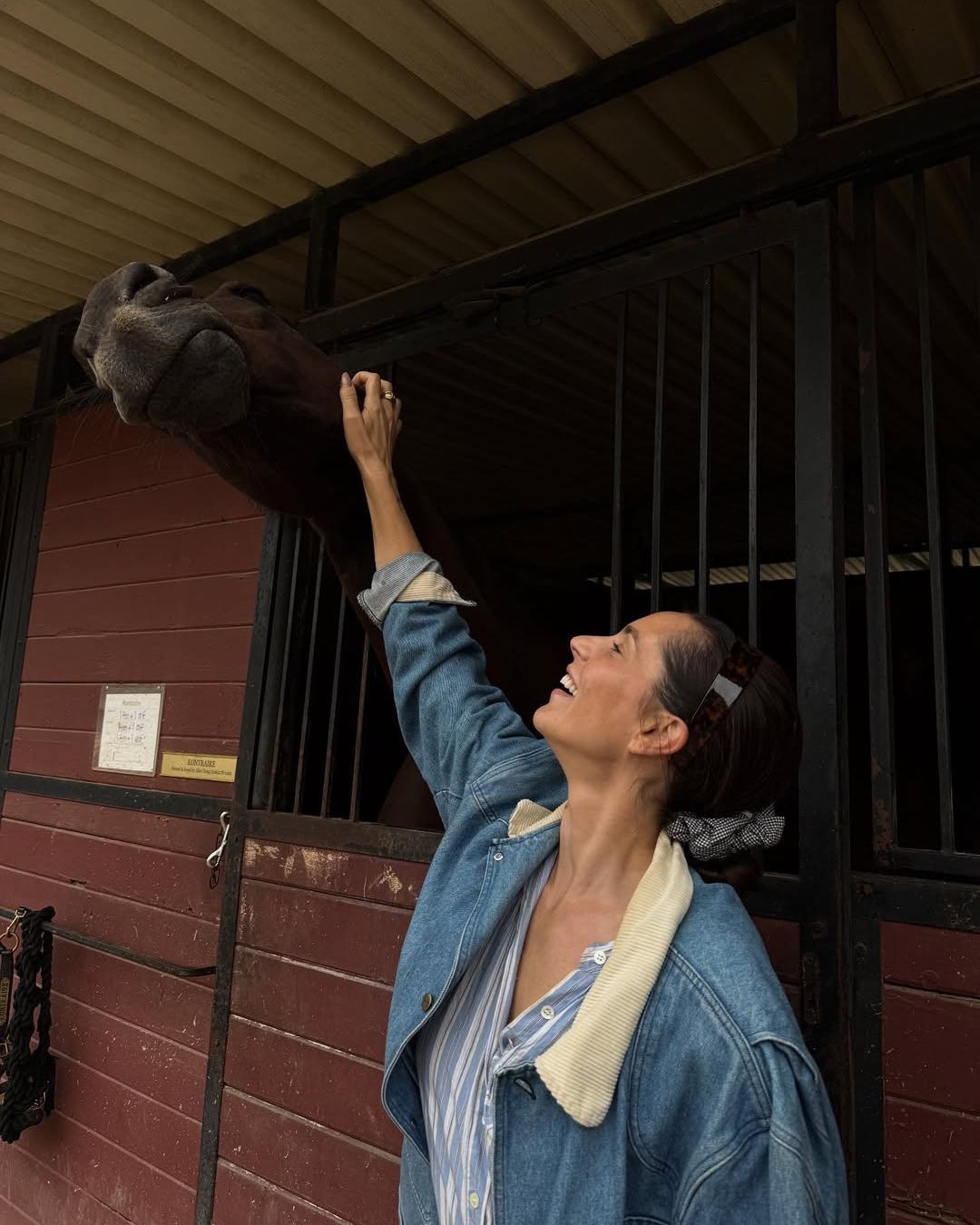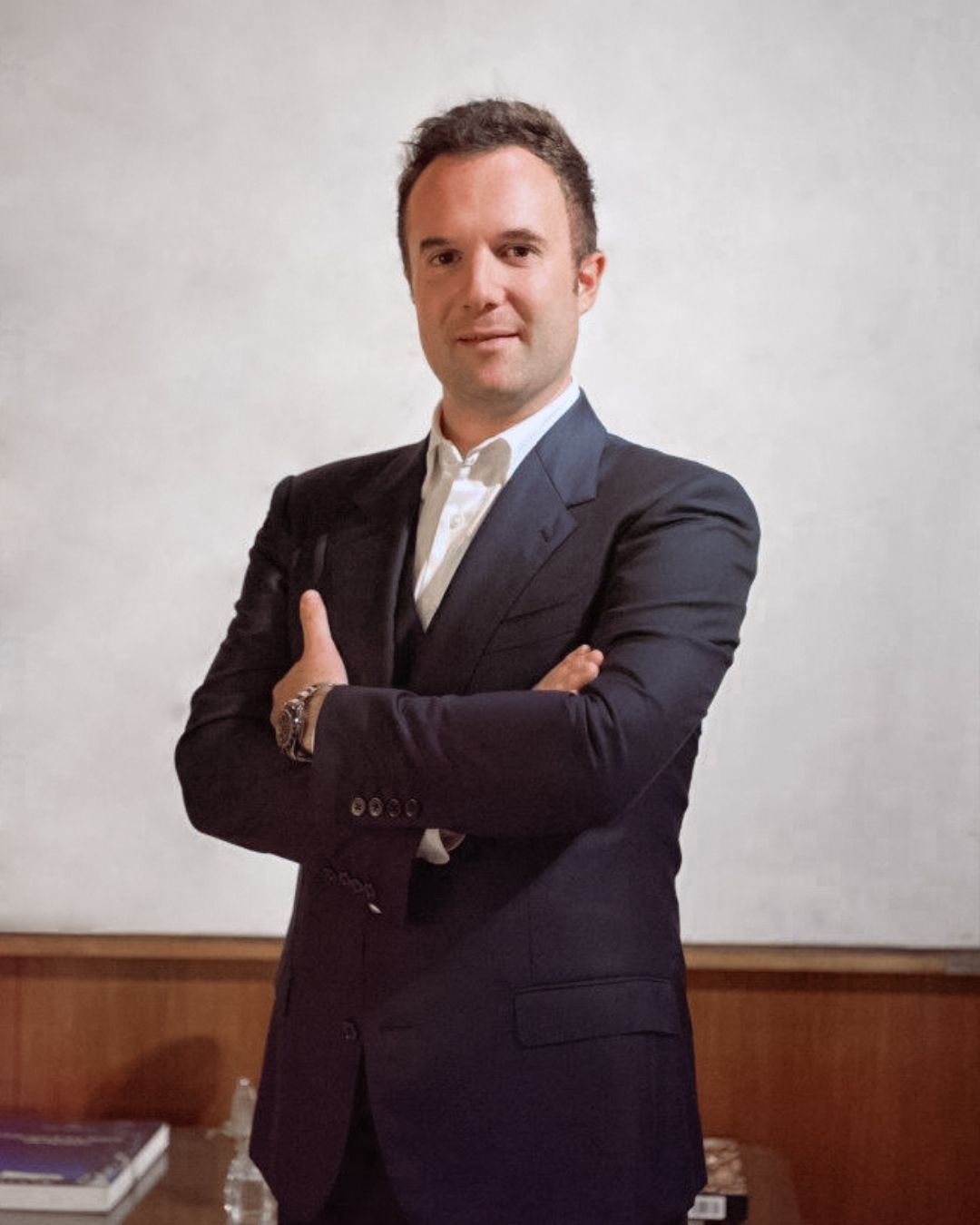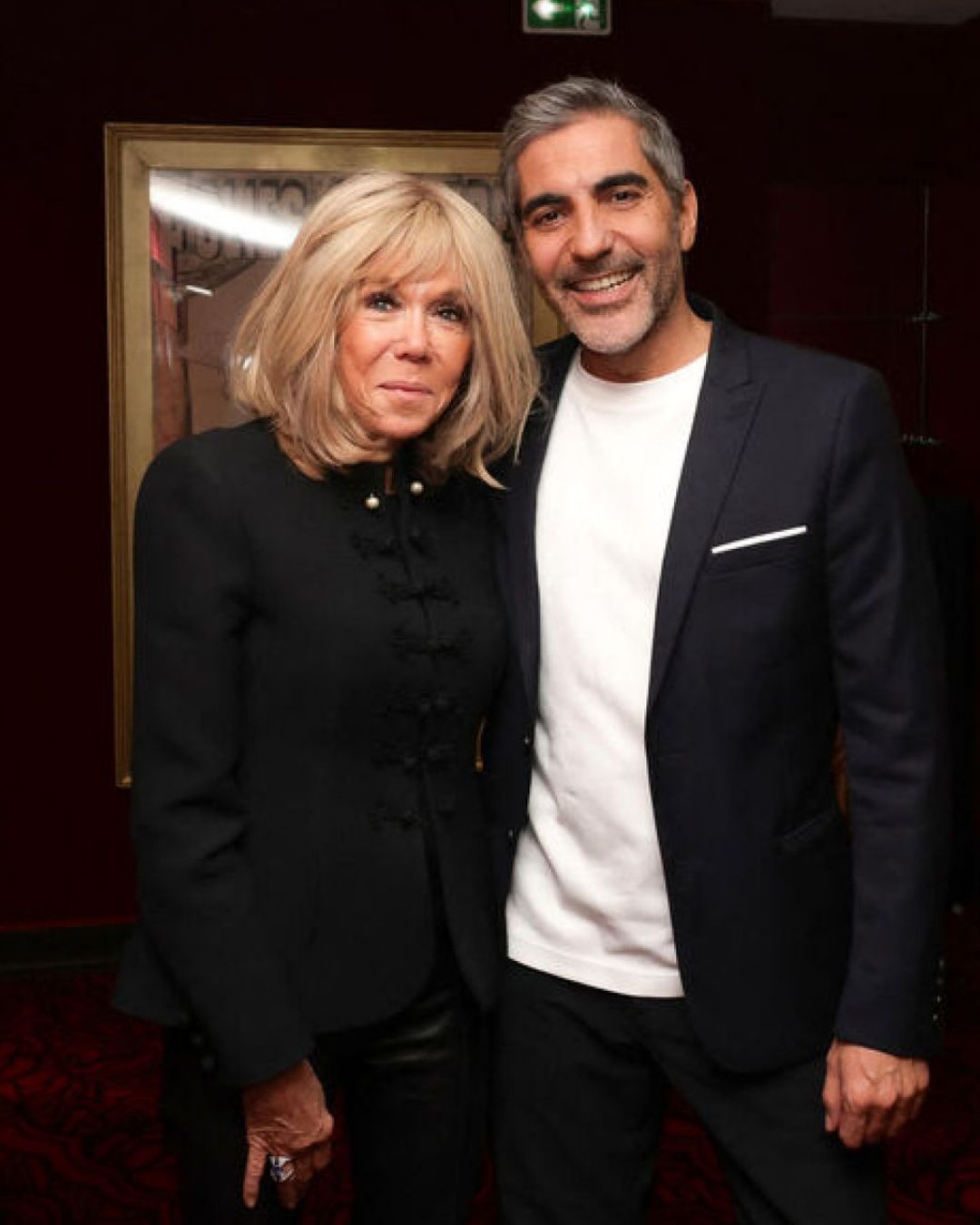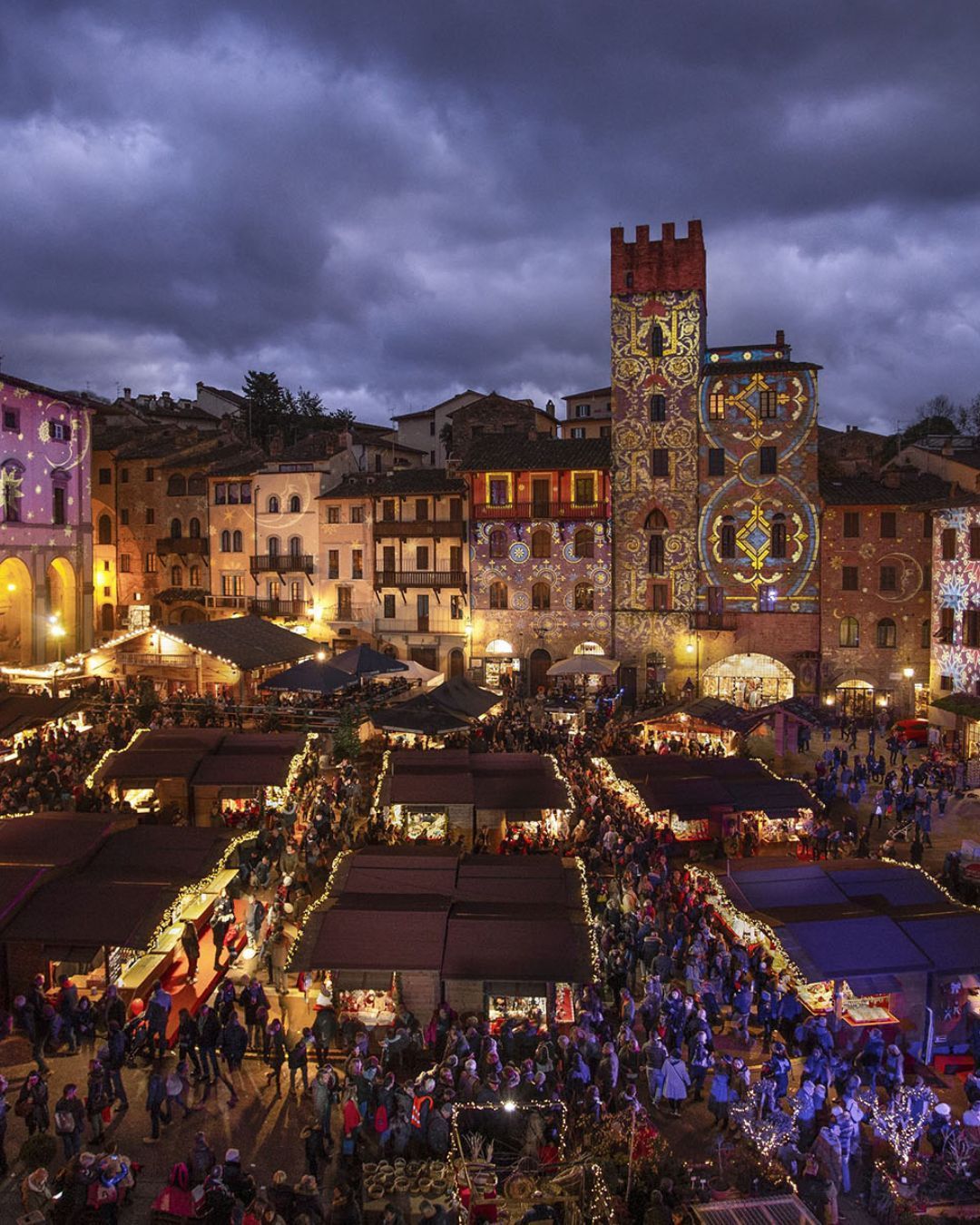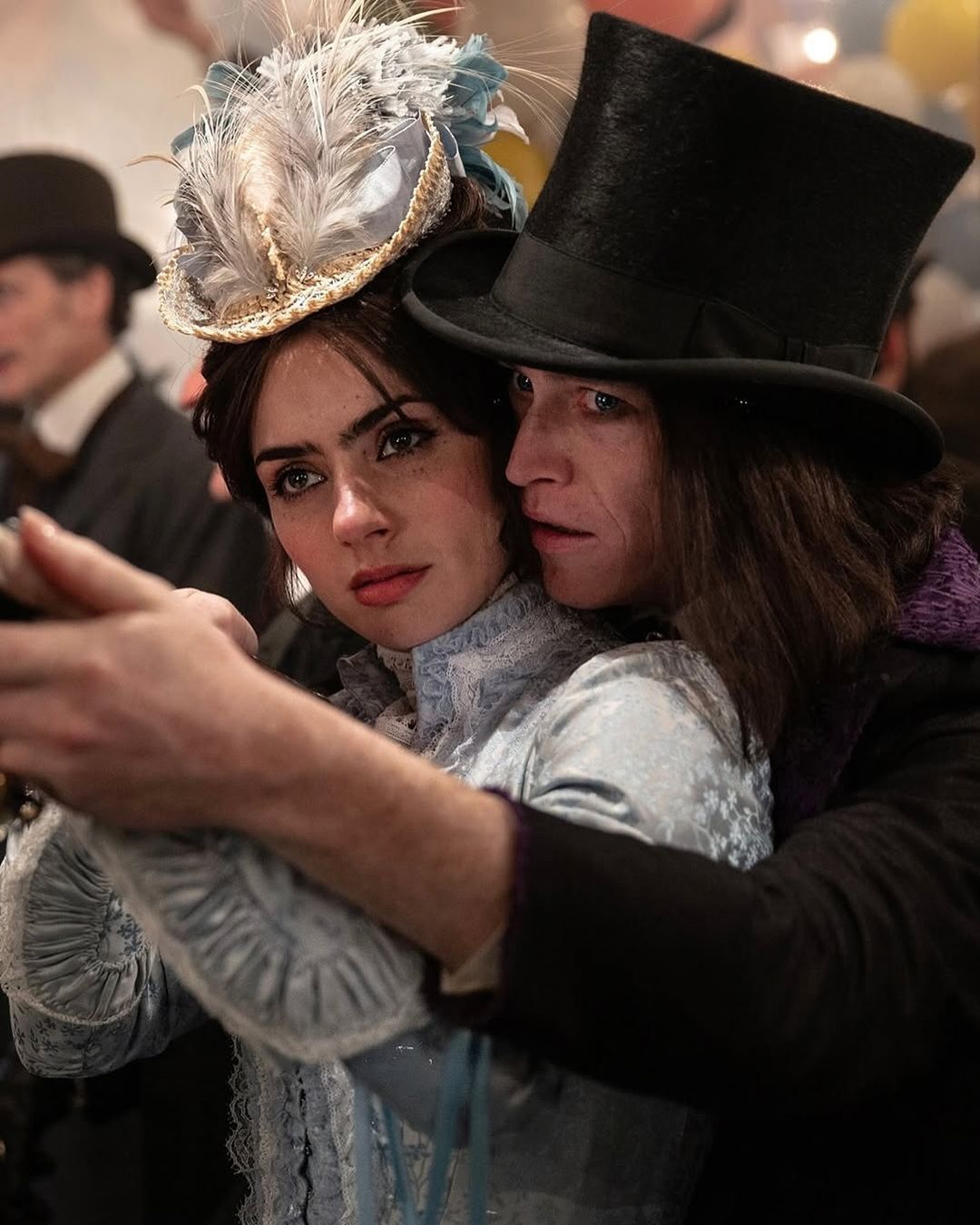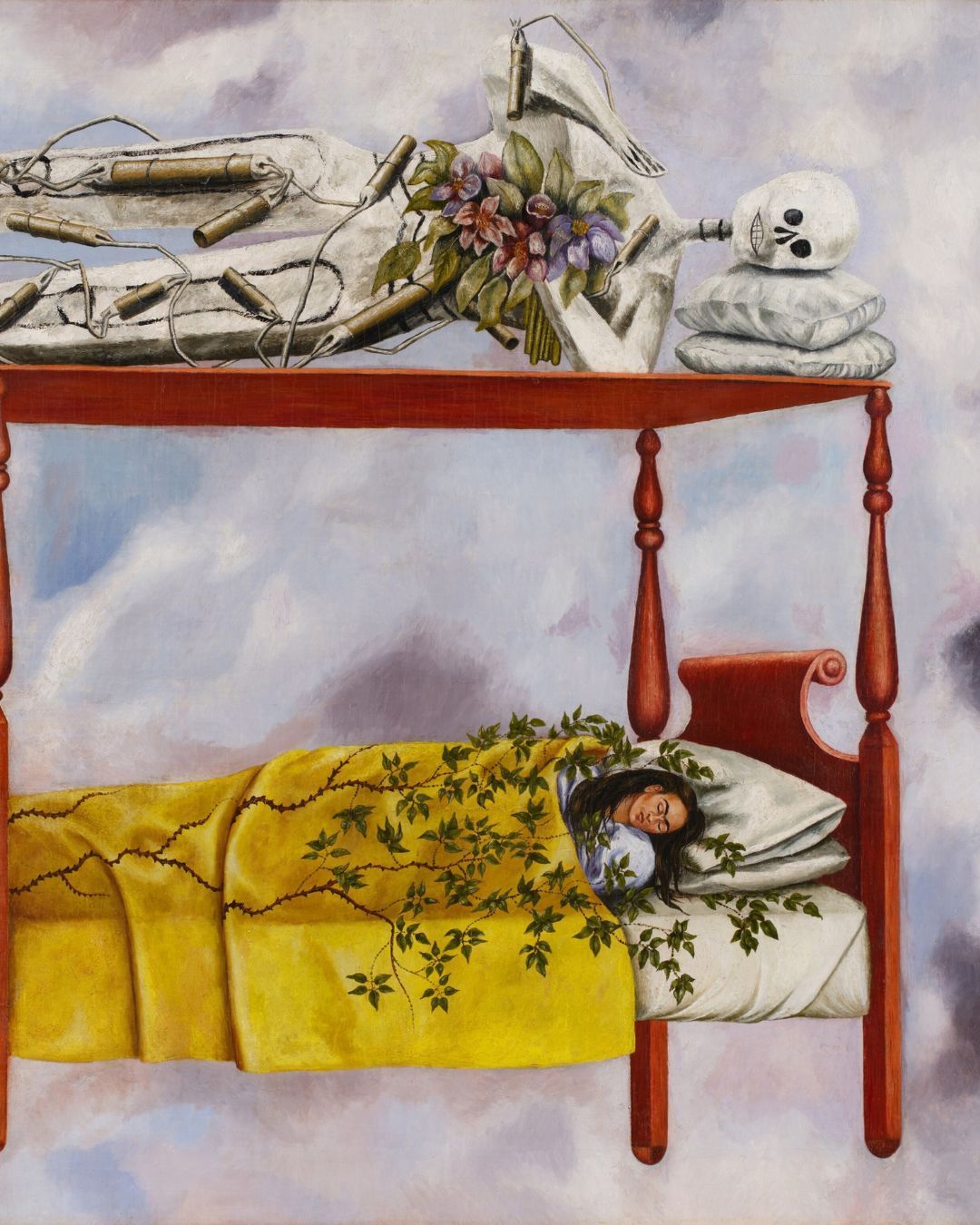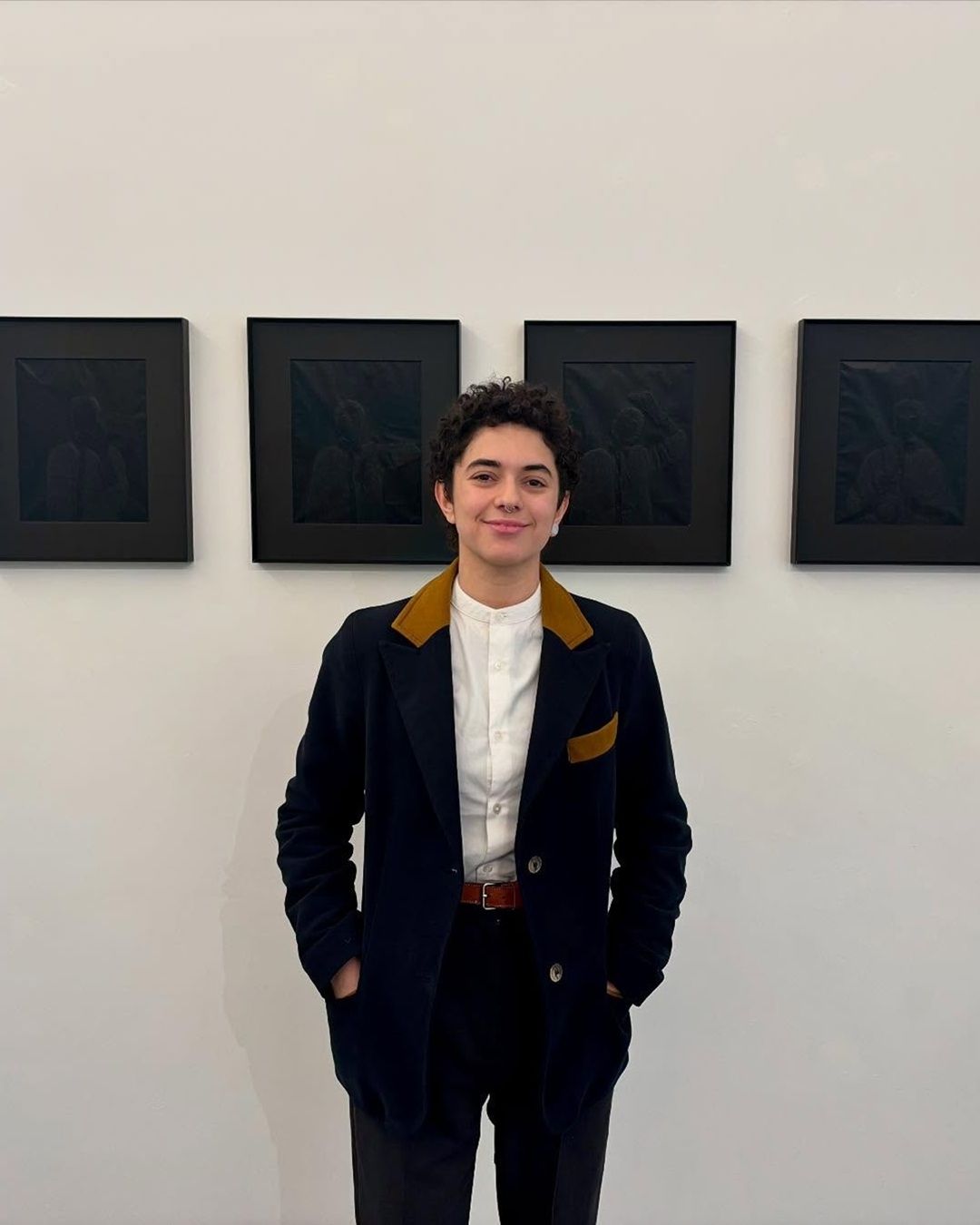
The Silence that Speaks: Diana Anselmo Between Art and Activism An artist exploring body, identity, and language
Diana Anselmo is a visual artist, Deaf performer, and activist whose practice develops at the intersection of language, body, and gaze. Bilingual in LIS (Italian Sign Language) and Italian, he debuted in 2021 with his first performance, Self-Portrait in 3 Acts, which continues to be presented at numerous Italian and international festivals, including in Serbia, Switzerland, Portugal, Germany, and Cyprus. His international debut took place in Berlin, where she participated in Le Sacre du Printemps (2022) by Xavier Le Roy. Recently, he held his first solo exhibition, Je Vous Aime, at the Sandretto Re Rebaudengo Foundation (2024) and is now represented by the Eugenia Delfini Gallery. Diana Anselmo is also one of the founders of Al.Di.Qua. Artists, the first European association by and for disabled artists, with which he has participated in several European festivals in Switzerland, Sweden, the Netherlands, and Latvia. Additionally, he is the youngest member of the Cultural Advisory Board of the British Council.
In November 2023, during the Open Day of Scuola Piccola Zattere, a program curated by Irene Calderoni, a nonprofit space for research and continuing education in the expanded field of contemporary arts, he presented Self-Portrait in Three Acts (2021), a lecture-performance that explores the theme of the gaze from three distinct points of view: the personal one - questioning what it means to inhabit a body with disabilities; the subjugated one - addressing the intrusiveness of others' gazes; and finally, the reappropriated one - reversing the dynamic, empowering the subject to determine his or her own identity definition. Diana Anselmo is currently undertaking a fellowship at Scuola Piccole Zattere, continuing his research at the intersection of language, body, and performance. The artist uses gesture as an expressive tool that transcends the limits of verbal communication, transforming silence into a space rich with meaning.
The Poetics of Silence and the Dialogue with John Cage
A key element in Diana Anselmo’s work is the concept of silence—not as emptiness, but as a space of expressive potential. A crucial cultural reference for understanding this poetics is Theater Piece No. 1 by John Cage, which in 1952 redefined the boundaries of art by combining music, dance, poetry, and visual projections into a simultaneous performative event. Just as Cage explored silence as a container of potential sounds, the artist transforms silence into a space where the body communicates beyond words. In Theater Piece No. 1, Cage revolutionized the concept of performance by breaking down the barriers between traditional arts and introducing silence as a primary element of reflection and interaction. His historic composition, which lacked a predetermined script, profoundly impacted the contemporary art scene, offering an experience that was not merely about listening or passive observation but invited the audience to engage with silence as an evolving music, full of possibilities. Cage’s performance was never just a pause or absence but a living space where every element—from the performer’s breath to the audience’s reactions—became part of the event itself. In this way, Cage’s silence is charged with meaning, becoming fertile ground for a deeper understanding of the sonic world and the interaction between individual and environment.
Monumentum DA: Dance as a Political Act
The collaboration between Cristina Rizzo and Diana Anselmo in Monumentum DA fits within this exploration of the body's expressive freedom. For Rizzo, dance belongs to everyone, regardless of physical abilities or social context. The connection with homeostasis—a vital principle regulating the body's impulses—emphasizes that dance is not an art reserved for a few but a universal manifestation of being alive. The encounter with Diana Anselmo expands this perspective, demonstrating how the body can communicate beyond words. The presence of LIS, a visual and bodily language, is not just an aesthetic element but an act of inclusion that breaks down linguistic barriers. However, the performance goes beyond merely translating signs into movements: it explores the point where gesture frees itself from conventional meaning to become pure expression. In this performance, LIS manifests through a gestural interpretation that does not simply represent words but transforms each sign into a bodily act that comes to life. A visual example of this practice is the fusion between the body’s fluid movements and the use of sign language to represent abstract concepts such as freedom and struggle. It is not a mere translation but a transmutation of intention into movement—a political act that underscores the power of nonverbal communication. Thus, dance becomes a tool of liberation, capable of dismantling the barriers imposed by verbal language and affirming inclusion as a fundamental value.
The common characteristics between Theater Piece No. 1 and Monumentum DA lie precisely in the pursuit of expressive freedom and the use of the body as a communicative instrument. Cage explores silence as a space of sonic potential, while in Monumentum DA, the body in silence becomes a bearer of nonverbal meanings. Here, dance becomes a political tool not only because it includes diverse bodies and languages but because it challenges the hierarchies of communication, proving that human expression does not depend on words. In a world dominated by the speed of information and verbal language, this performance asserts the right to communicate through physical presence. The body, free from the constraints of grammar, becomes a living manifesto of self-determination, capable of overturning cultural norms that dictate who can speak and who must remain silent.
The deafnotdead Exhibition in Rome
Diana Anselmo’s commitment to making exclusion dynamics visible is also reflected in the deafnotdead exhibition at the Eugenia Delfini Gallery in Rome. Created in collaboration with the Institut National de Jeunes Sourds (INJS) in Paris, the exhibition presents archival photographic documents on which the artist intervenes to shift the focus from those historically seen as "patients" to those who exercised restrictive practices. By applying chewing gum to the faces of Deaf subjects portrayed alongside specialists, the artist highlights the marginalization they endured: the chewing gum—an everyday, trivial act—is placed over the individuals’ faces to dehumanize those historically forced into silence and marginalization, while at the same time protecting their identity. It restores a face that is no longer defined by oppressive practices but by newfound visibility. The work connects to the history of Hector-Victor Marichelle, a phonetician active between the 19th and 20th centuries and founder of the Laboratoire de la Parole and the Clinique de l’Audition—institutions created to reaffirm the supremacy of spoken language.
With this artistic intervention, Diana Anselmo not only critiques past exclusionary practices but also invites reflection on the present, proposing a visual language that restores dignity to marginalized bodies. Through both performance and visual art, her work demonstrates that silence can become a space of resistance and self-determination. If Cage’s Theater Piece No. 1 turned silence into fertile ground for artistic expression, the artist’s work transforms it into a space of reclamation—a cry that does not need words to be heard.















